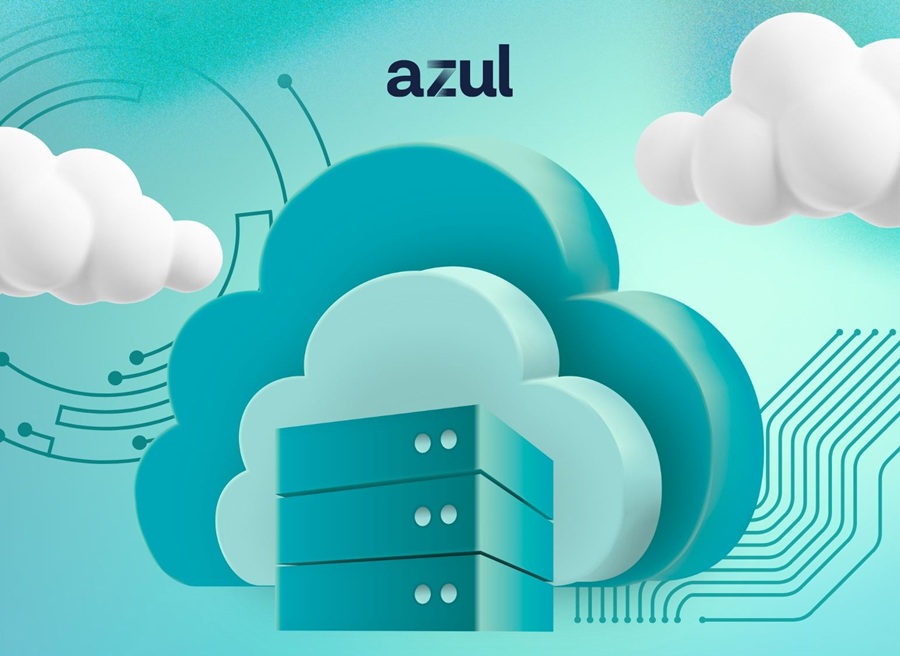
LogicMonitor directly addressed a longtime industry-wide pain point related to the high total cost of ownership for logs with the announcement of unlimited log data retention, now available for LM Logs, the company’s SaaS-based log management solution.
With unlimited and hot log data retention in LM Logs, operations teams have instant access to all their log data with real-time anomaly detection, along with an industry-leading low total cost of ownership, saving both time and money. These capabilities go far beyond offerings from traditional vendors whose log storage options result in expensive fees, complex operations, and limited storage capabilities. With LM Logs, now logs data can be available whenever customers need it through hot storage, with no need to wait for log rehydration, leading to faster troubleshooting and RCA (root cause analysis). Having log data easily accessible in the same place as metrics and traces makes achieving unified observability and gaining visibility into and predictability across the technologies that modern organizations depend on to deliver extraordinary employee and customer experiences easier than ever before.
“We listened to customers who have had to choose between addressing complex compliance and forensics challenges that require longer log retention and managing costs, and are pleased to offer a groundbreaking new logs cost structure,” said Tej Redkar, Chief Product Officer at LogicMonitor. “LM Logs is a key part of our unified observability platform, and with unlimited log retention, we’ve made it possible for customers to have the best of both worlds: unlimited, fast access to log data, better contextualization between infrastructure monitoring and logs, and lower more predictable costs to better manage IT budgets. Customers can drive down costs, and address compliance concerns, while freeing up to 40% of non-value adding engineering time with log anomalies that automatically surface with LogicMonitor’s machine learning technology.”
LM Logs provides tailored data retention options, ranging from 30 days to one year to unlimited, for companies of all sizes across all industries. With this announcement LogicMonitor has addressed a key pain point – budget predictability, with competitive pricing models designed to take the mystery out of the unknown, and often hidden, charges associated with cloud access and rehydration.
Features include:
- Unlimited log retention makes more data available for troubleshooting, Business Intelligence, forensics, and regulatory needs.
- 30 day, one year and unlimited data retention options, allowing flexibility to choose which storage option works best for unique business and compliance needs.
- Unified logs and metrics give customers full visibility into their entire IT ecosystem with context and correlation, resulting in dramatically reduced MTTR and simplified IT workflows.
- Patented algorithms intelligently analyze millions of log events and automatically highlight anomalous logs to help ITOps, CloudOps, and DevOps teams save time and uncover issues before they result in business impact.
“Fully-featured solutions that address log storage and analysis are the required foundation of customer observability and operation management hygiene, making it possible for ITOps and DevOps teams to successfully monitor complex, multi-cloud, and hybrid enterprise infrastructures at a global scale,” said Roy Illsley, Chief Analyst, IT Ecosystem & Operations, Omdia. “With audit compliance requirements increasing along with added forensic pressures from cyber incidents, IT and audit teams need to look beyond the most recent log activity to analyze longer-term log data. Until now, customers have faced slow data access from cold storage and an array of unpredictable and sometimes hidden cloud-related costs. Modern, best-in-class solutions must address these factors.”
LM Log with unlimited log retention is immediately available.
The Latest
Overall outage frequency and the general level of reported severity continue to decline, according to the Outage Analysis 2025 from Uptime Institute. However, cyber security incidents are on the rise and often have severe, lasting impacts ...
In March, New Relic published the State of Observability for Media and Entertainment Report to share insights, data, and analysis into the adoption and business value of observability across the media and entertainment industry. Here are six key takeaways from the report ...
Regardless of their scale, business decisions often take time, effort, and a lot of back-and-forth discussion to reach any sort of actionable conclusion ... Any means of streamlining this process and getting from complex problems to optimal solutions more efficiently and reliably is key. How can organizations optimize their decision-making to save time and reduce excess effort from those involved? ...
As enterprises accelerate their cloud adoption strategies, CIOs are routinely exceeding their cloud budgets — a concern that's about to face additional pressure from an unexpected direction: uncertainty over semiconductor tariffs. The CIO Cloud Trends Survey & Report from Azul reveals the extent continued cloud investment despite cost overruns, and how organizations are attempting to bring spending under control ...

According to Auvik's 2025 IT Trends Report, 60% of IT professionals feel at least moderately burned out on the job, with 43% stating that their workload is contributing to work stress. At the same time, many IT professionals are naming AI and machine learning as key areas they'd most like to upskill ...
Businesses that face downtime or outages risk financial and reputational damage, as well as reducing partner, shareholder, and customer trust. One of the major challenges that enterprises face is implementing a robust business continuity plan. What's the solution? The answer may lie in disaster recovery tactics such as truly immutable storage and regular disaster recovery testing ...
IT spending is expected to jump nearly 10% in 2025, and organizations are now facing pressure to manage costs without slowing down critical functions like observability. To meet the challenge, leaders are turning to smarter, more cost effective business strategies. Enter stage right: OpenTelemetry, the missing piece of the puzzle that is no longer just an option but rather a strategic advantage ...
Amidst the threat of cyberhacks and data breaches, companies install several security measures to keep their business safely afloat. These measures aim to protect businesses, employees, and crucial data. Yet, employees perceive them as burdensome. Frustrated with complex logins, slow access, and constant security checks, workers decide to completely bypass all security set-ups ...

In MEAN TIME TO INSIGHT Episode 13, Shamus McGillicuddy, VP of Research, Network Infrastructure and Operations, at EMA discusses hybrid multi-cloud networking strategy ...
In high-traffic environments, the sheer volume and unpredictable nature of network incidents can quickly overwhelm even the most skilled teams, hindering their ability to react swiftly and effectively, potentially impacting service availability and overall business performance. This is where closed-loop remediation comes into the picture: an IT management concept designed to address the escalating complexity of modern networks ...
